In today’s rapidly evolving industrial landscape, maintaining operational efficiency is more crucial than ever. Companies are continually seeking innovative solutions to mitigate downtimes, reduce costs, and enhance productivity. One way to achieve this is through AI-driven predictive maintenance solutions, which leverage Artificial Intelligence (AI) to foresee equipment failures, optimizing maintenance schedules and ensuring seamless operations. This article delves into the significance of AI predictive maintenance solutions, their industry applications, and the technical insights that are shaping the future of industrial maintenance.
.
## The Importance of Predictive Maintenance
Predictive maintenance is a proactive approach that involves using data and analytics to assess the condition of equipment and predict when maintenance should be performed. Unlike traditional maintenance strategies, which may rely on schedules or reactive measures, predictive maintenance reduces the uncertainties associated with equipment failure. By leveraging AI, companies can analyze vast amounts of data in real-time, allowing them to identify patterns, detect anomalies, and make informed decisions to prevent breakdowns before they occur.
.
According to a report published by McKinsey, predictive maintenance can reduce maintenance costs by 20% to 25% and increase uptime by 10% to 20%. The benefits of predictive maintenance are clear; however, the integration of these solutions presents its own set of challenges. Businesses must invest in cutting-edge technologies to harness the power of AI and adapt their operations accordingly. The collaboration between data science, machine learning, and domain expertise is key to unlocking the full potential of predictive maintenance.
.
## AI in Big Data Analytics: Enhancing Predictive Maintenance Capabilities
Big Data analytics and AI form a symbiotic relationship that drives predictive maintenance to new heights. Industries generate enormous amounts of data from various sources including sensors, machinery, and IoT devices. This influx of information is daunting, but it also presents immense opportunities for organizations willing to embrace AI-powered analytics.
.
AI’s role in big data analytics is about making sense of this data overload. Machine learning algorithms can sift through complex datasets, uncovering hidden correlations and trends that human analysts might overlook. This capability allows maintenance teams to understand historical performance, evaluate current operational conditions, and forecast future equipment behavior.
.
For instance, in the oil and gas industry, predictive maintenance can dramatically improve the safety and reliability of operations. By analyzing drilling data, sensor inputs, and even weather conditions, companies can predict equipment failures and bolster their operational strategies. A successful deployment of these technologies can save millions in potential losses, enhance safety, and drive operational efficiency.
.
## The Role of AI in Industry Applications
As industries evolve, so too do their maintenance strategies. Manufacturing, transportation, healthcare, and utilities are just a few sectors where AI predictive maintenance solutions are making waves.
### Manufacturing
In manufacturing, the integration of AI tools has enabled advanced predictive maintenance strategies, ensuring equipment is in optimal condition. Real-time monitoring of machinery allows manufacturers to receive alerts about potential malfunctions before they occur. For example, Siemens has implemented AI predictive maintenance tools in its manufacturing processes, leading to increased asset reliability and a reduction in material costs.
.
### Transportation
In the transportation sector, fleets of vehicles are often monitored for performance indicators through onboard diagnostics. AI predictive maintenance solutions can analyze historical data from these vehicles to predict maintenance needs with high precision. Companies like Tesla are at the forefront of this trend, utilizing data from their vehicles to improve performance and enhance customer experience.
.
### Healthcare
The healthcare industry has seen tremendous benefits from AI predictive maintenance solutions as well. Medical devices and hospital equipment require continuous monitoring to ensure they remain operational. Predictive maintenance not only assists in avoiding costly downtimes but also safeguards patient care by enabling timely maintenance of critical medical equipment.
### Utilities
In the utilities sector, AI predictive maintenance solutions help manage aging infrastructure, which is vital for preventing catastrophic failures. AI can monitor equipment across vast networks, detecting anomalies that signal potential breakdowns. This capability enhances infrastructure reliability and ensures delivery of critical services to consumers.
.
## Technical Insights: How AI is Transforming Predictive Maintenance
The transformation brought about by AI signifies a leap in how predictive maintenance operates. By embracing machine learning algorithms, industries can enhance their ability to predict equipment failures.
.
1. **Data Collection and Integration**: The first step in AI predictive maintenance is data collection. This includes operational data, sensor readings, and historical maintenance records. Integrating this data into a centralized platform ensures all stakeholders have access to real-time insights.
2. **Machine Learning Models**: Advanced machine learning models analyze this aggregated data and learn from historical patterns. These models can continuously adapt, enhancing their predictive accuracy as more data becomes available.
3. **Anomaly Detection**: AI systems employ sophisticated algorithms focused on anomaly detection, identifying deviations from normal operating conditions. This allows maintenance teams to take corrective action prior to actual failures.
4. **Predictive Analytics**: By employing statistical techniques, predictive analytics forecasts when a device is likely to fail and allows organizations to schedule maintenance at opportune times, leading to a reduction in downtime.
.
## Industry Use Cases: Success Stories
An excellent example of AI predictive maintenance in action is General Electric (GE). The multinational conglomerate utilizes its Predix platform to implement AI-driven predictive maintenance solutions for its industrial clients. This platform draws data from sensors placed on machinery and applies machine learning techniques to predict potential issues long before they might occur. GE’s clients report decreased maintenance costs and enhanced operational efficiency by as much as 15%.
.
Another compelling case is the collaboration between IBM and a large European automotive manufacturer. IBM’s predictive maintenance capabilities helped the manufacturer lessen machine downtimes by up to 30%, leading to a considerable uptick in production throughput. Through AI-powered insights, operators can adopt more proactive measures, further improving the bottom line.
.
## Embracing the Future of Predictive Maintenance
As industries steadily adopt AI predictive maintenance solutions, the landscape of operational efficiency is undergoing a transformation. The power of AI in big data analytics, combined with the vast potential for predictive insights, positions organizations to maintain their competitive edge in a rapidly changing economic environment.
.
Investing in these advanced solutions will not only mitigate risks associated with equipment failures but also promote a culture of innovation within organizations. As AI technologies continue to evolve, businesses that embrace predictive maintenance today will be well-equipped to navigate the challenges of tomorrow.
.
In conclusion, the integration of AI predictive maintenance solutions powered by big data analytics is no longer a luxury; it is a necessity for industries seeking to thrive in a dynamic marketplace. The future of maintenance is predictive, and those who recognize and invest in this shift will forge ahead with operational excellence.
Sources:
1. McKinsey & Company – “The Future of Predictive Maintenance”
2. Siemens – “Digitalization in Manufacturing”
3. General Electric – “Predix for the Industrial Internet”
4. IBM – “The Power of Predictive Maintenance in Manufacturing”































